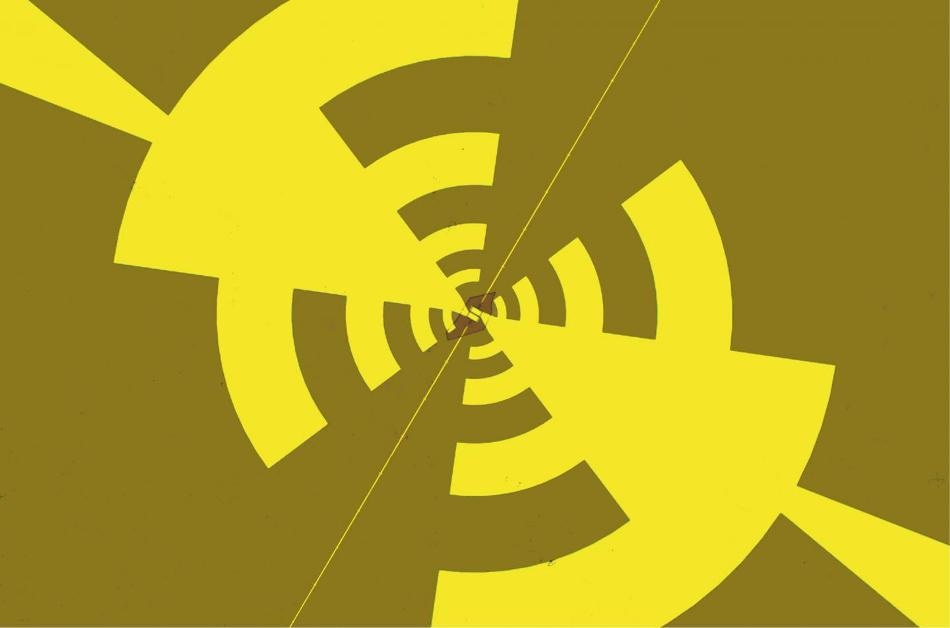Feb 8 2018
Graphene is an extraordinary material: strong, transparent, light and electrically conductive. It is also capable of converting heat to electricity. Recently, researchers have exploited this thermoelectric property to develop a new kind of radiation detector.
 This is an illustration/photo of the new graphene bolometer, which has a fast response time and works over a wide range of temperatures. With a simple design and relatively low cost, this graphene-based device could be scaled up, enabling a wide range of commercial applications. (Image credit: Grigory Skoblin)
This is an illustration/photo of the new graphene bolometer, which has a fast response time and works over a wide range of temperatures. With a simple design and relatively low cost, this graphene-based device could be scaled up, enabling a wide range of commercial applications. (Image credit: Grigory Skoblin)
The new device, classified as a bolometer, has a fast response time and, unlike most other bolometers, it operates over an extensive range of temperatures. With a relatively low cost and simple design, this device could be scaled up, enabling an extensive range of commercial applications. Researchers have described a graphene-based radiation detector in this week’s edition of Applied Physics Letters, from AIP Publishing.
The discovery of graphene in 2004 was expected to herald a completely new type of technology. "But unfortunately, there are some strong fundamental limitations for this material," stated Grigory Skoblin of Chalmers University of Technology in Sweden. "Nowadays, the real industrial applications of graphene are quite limited."
Graphene – made up of single sheets of carbon atoms that produce a flat, hexagonal lattice structure – has been employed chiefly for its mechanical properties.
"But our device shows that more fundamental properties can be used in actual applications," Skoblin said. The new bolometer is based on the thermoelectric properties of graphene. Radiation heats part of the device, prompting electrons to move. The displaced electrons produce an electric field, which develops a voltage difference across the device. An essentially direct measurement of the radiation is thus provided by the change in voltage.
Other devices depend on the generation of electrical current or resistance change brought about by incoming radiation. However, measuring changes in current or resistance need an external power source in order to generate an initial current. According to Skoblin, the mechanism is considered to be much simpler than in other bolometers.
The piece of graphene in the new bolometer is small, hence it is one of the fastest bolometers as it heats up and responds in a rapid manner. Additionally, the device continues to be sensitive to radiation at temperatures up to 200 oC. Standard bolometers usually operate only at cryogenic temperatures.
Other researchers have earlier made graphene bolometers, with improved properties than this new device, however, these models comprise of a double layer of graphene, allowing them to be more difficult to scale, Skoblin said.
Another benefit of the new device is its coating. The researchers earlier developed a method to coat graphene with a dielectric polymer known as Parylene, which offers a good balance of scalability and performance. It is possible to get a better performance by coating with hexagonal boron nitride, Skoblin said, but it is difficult to obtain and the coating techniques are hard to scale up. Other studies indicate that a bolometer with hexagonal boron nitride coating would be less efficient.
The prototype bolometer functions only with microwave radiation at 94 gigahertz, but future designs will indeed widen the frequency range. The researchers next plan to make the device employing chemical vapor deposition to grow bigger pieces of graphene, making way for mass production.